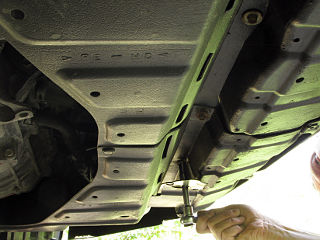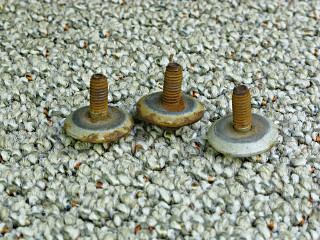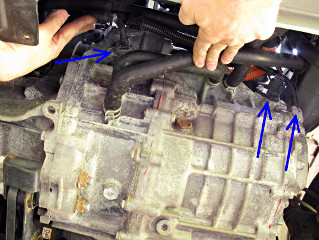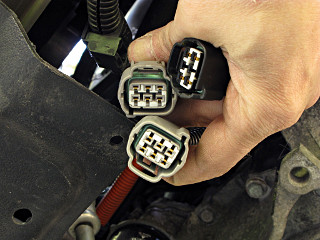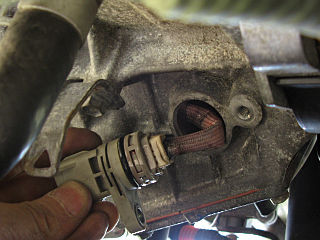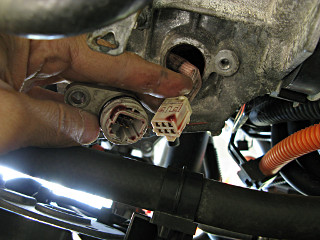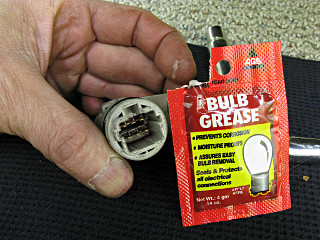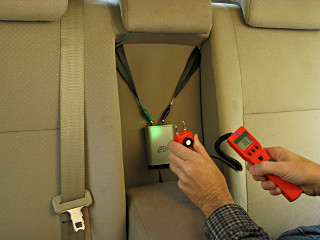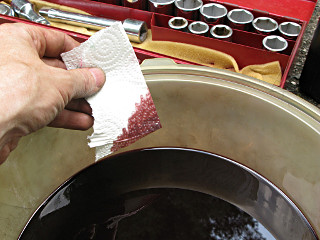|
M5 was one subject of the infamous "stalling" recall from Toyota. Back in
2005 there was a bit of a hue and cry from owners whose cars simply ceased
running in the middle of traffic, primarily due to an ECU programming error.
Toyota issued a reflash for the firmware to allow a little more grace time
for engine starting before deciding that the engine was out to lunch and
lighting up all the dashboard warning lights like a Christmas tree. It was
around this time that "christmas tree" and "triangle of death" became
mainstream as popular synonyms for just about any Prius failure that lit up
error lights.
I never bothered taking this car in for the reflash, having never had the
stalling issue. Either I already have updated ECU code [although it's
beyond me how it could, as this is a mid-year '04] or my driving style so
rarely puts the system into borderline timing states that the bug has never
kicked in.
While the main treatment was reflashing the ECUs, some cars were also to
receive another funny little fix, to open up the connections behind M5 and,
as the SSC-50P memo puts it,
"...a special dielectric grease will be applied to a connector for
the transaxle to prevent water intrusion."
But to only one out of the three, which seemed really odd.

Now, all the small-signal connectors in question are on the front of the
transaxle and they *all* get splashed in wet driving. However, apparently
that wasn't the source of the problematic water. M5 points downward out of
the transaxle, while the other two point straight forward or up, and a read
through the SSC document shows the grease being applied to the *back side*
of M5 which is tilted upward as it sits inside the transaxle. Thus, the
water in question must fall from the inside down into the pins in the back
side of the inner resolver connector.
It's hard to envision how significant water could get inside the transaxle in
the first place, let alone fly around and land inside random internal parts
which are all soaking in transmission fluid anyway. That has always remained
one of the great unanswered Prius questions. Maybe it could come from some
runoff path of internal condensation? On the other hand, it *is* right under
the cover plate with the one-way air inlet valve. Who knows. Toyota
evidently thinks they do, but they're not tellin'.
| 